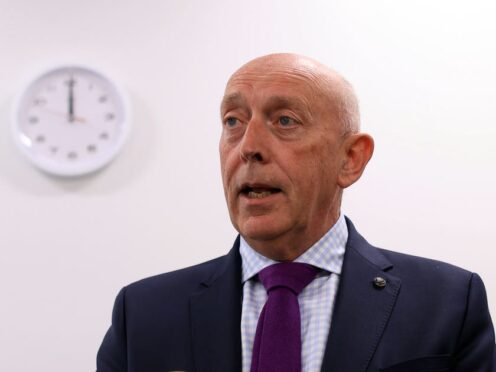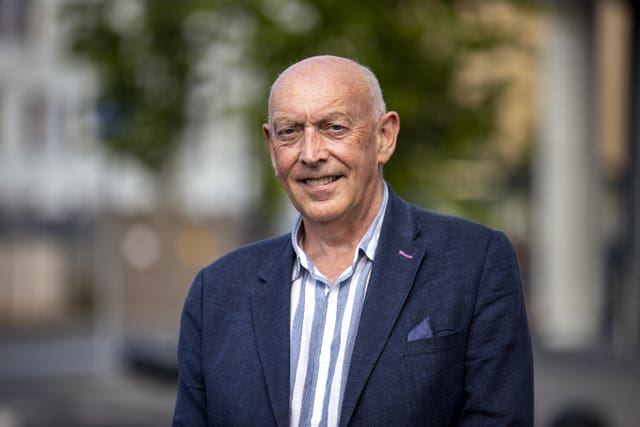
The chances of prosecutions for Troubles offences arising from the work of a new truth recovery body are “vanishingly small”, its head of investigations has said.
However, Peter Sheridan insisted that the Independent Commission for Reconciliation and Information Recovery (ICRIR) has not “stopped justice” and that criminal prosecutions could happen if evidence emerges.
The commission has now become operational and will be responsible for carrying out investigations into unresolved Troubles deaths.
But it has been widely opposed by victims’ organisations as well as political parties in Northern Ireland.
Mr Sheridan said: “I have heard across the board about how justice stops on the first of May. Actually, if people read the information, the opposite is true.
“I, as the commissioner for investigations, have the ability to do criminal justice-style investigations and report to the prosecution service either in England and Wales or here in Northern Ireland where we find evidence available.
“What the (Legacy) Act does, and what the commission can do, expands our remit beyond normal policing powers of arrest and prosecution.
“It is not just a criminal justice route but there are systems which are not currently available to the police or the judicial process which allow us to collect information.
“Lots of families I speak to, it is not necessarily a criminal justice approach they want.
“There are families who do want that but there are lots of families who want to know information that is not necessarily criminal justice.”

Mr Sheridan pointed to the Operation Kenova investigation into the British Army’s top agent inside the IRA which led to no prosecutions.
He said: “I want to be absolutely honest with victims and survivors on what is a vanishingly small possibility around criminal justice prosecutions.
“Not that there isn’t still hope, there could be evidence available that is enough to prosecute.
“If you take Kenova, £40 million, eight years work and no prosecutions.
“So we have to be honest with people of what’s achievable about cases that are 20, 30, 40, 50 years old.
“But also to hold open the possibility that if there is evidence and we can discover evidence that it is capable of being put before the courts.”
All legacy inquests in Northern Ireland which have not reached the point of verdict by Wednesday will be stopped. However, the ICRIR could take on those cases if a request is made.
In a number of legacy inquests, coroners said they could not carry out proper investigations into deaths where there were suspicions of security force collusion because of the amount of material which had to redacted due to national security concerns.
Mr Sheridan said: “The coroners got the information, but having got it, they could not use that sensitive information in their findings.
“Where the improvement is, we can use that information. We can use sensitive information. The Act envisages us using sensitive information.
“Of course there’s a statutory responsibility on us to protect life so we can’t be foolhardy with how we use that information.
“But the difference is we are almost akin to an inquiry where we can use the information. We can use it in our reports and we can seek to have information declassified and where it is not declassified we can explain that we asked for it.
“We can hold public hearings, we can compel witnesses. Our powers to fine people are five times higher than that of a coroner.”
One of the key parts of the Legacy Act, a provision for conditional immunity from prosecution for Troubles offences, was ruled unlawful by the High Court in Belfast earlier this year and struck out.

Mr Sheridan said it is difficult to know how that will impact the work of the ICRIR.
He said: “You can look at it in two ways. There were people who would not come to the commission, and did say that to me, because they didn’t want the possibility of the perpetrator getting conditional immunity.
“Equally I am aware of people who may well have come to the commission with information about events that they were involved in because of the possibility of them getting immunity.
“The honest answer is who knows. We don’t know how much that conditional immunity was going to be used.”

Enjoy the convenience of having The Sunday Post delivered as a digital ePaper straight to your smartphone, tablet or computer.
Subscribe for only £5.49 a month and enjoy all the benefits of the printed paper as a digital replica.
Subscribe